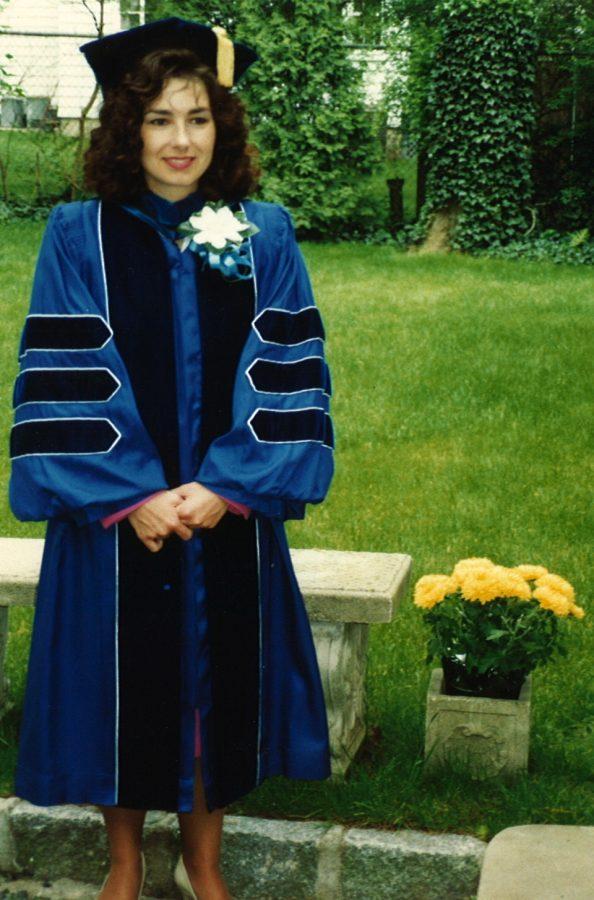STEM: A World of Opportunity for Women
STEM, Science Technology Engineering Mathematics, has become an increasingly popular and important field in the innovative 21st century. It may surprise some to learn that, according to the Department of Commerce, although women fill up to half of all jobs in the American economy, only about 25% of women hold positions in a STEM field. The main obstacle preventing women from having careers in STEM is bias. A 2014 study done by Anthony G. Greenwald of the University of Washington found that due to negative sex-based stereotypes, women are less likely to major in math or science men.According to the Harvard Business Review, women are led to believe that they have to
According to the Harvard Business Review, women are led to believe that they have to act “masculine” in order to be accepted or seen as competent; the Review states that women strive to a balance between “too feminine to be competent and too masculine to be likable.” This is only one of many stereotypes women experience in STEM fields. In addition, a stereotype of the “ideal” worker still exists. For example, in engineering, it is common to associate engineering with a male rather than a female. As biology teacher Ms. Tobler said, “There was and still is a stereotype of a ‘typical’ engineer…being male.”
Female faculty at Morris Hills is familiar with this phenomenon. As Dr. Doyle, a chemistry teacher, recalls, “I was one of two women who majored in chemistry the year I graduated from college. The other 22 were men. In graduate school, about 20% of my class was women.” Now, about 50% of women earn a Bachelor’s degree in chemistry compared to the 20% of women who received Bachelor’s degrees in 1965. However, this is only true for Bachelor degrees, the number continue to decrease with advanced degrees like M.A.’s and Ph.D.’s.
Teachers in STEM subjects state that in addition to having a passion for their fields, a strong support system helped them to succeed. Math teacher, Mrs. Caruso, recalls, “I chose to enter a STEM field because of my love for mathematics. I had an excellent pre-calculus and calculus teacher in high school who inspired me to become a teacher.” For Mrs. Santucci, in college, her peers and mentors helped her to decide to pursue math. She said, “Bunting Cobb housed 100 undergraduate women pursuing math or science majors and 10 graduate students who acted as our mentors.”
It is apparent that we need to encourage young girls to enter STEM fields. Chemistry teacher, Mrs. Doyle, recommends exposing girls to “real-world applications of the field,” so they can see that “there are a ton of amazing career opportunities for people who study STEM.” As Dr. Doyle says, “We need to give girls every possible opportunity to choose what they want to do, not what we think they should want to do.”


